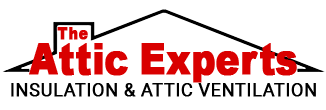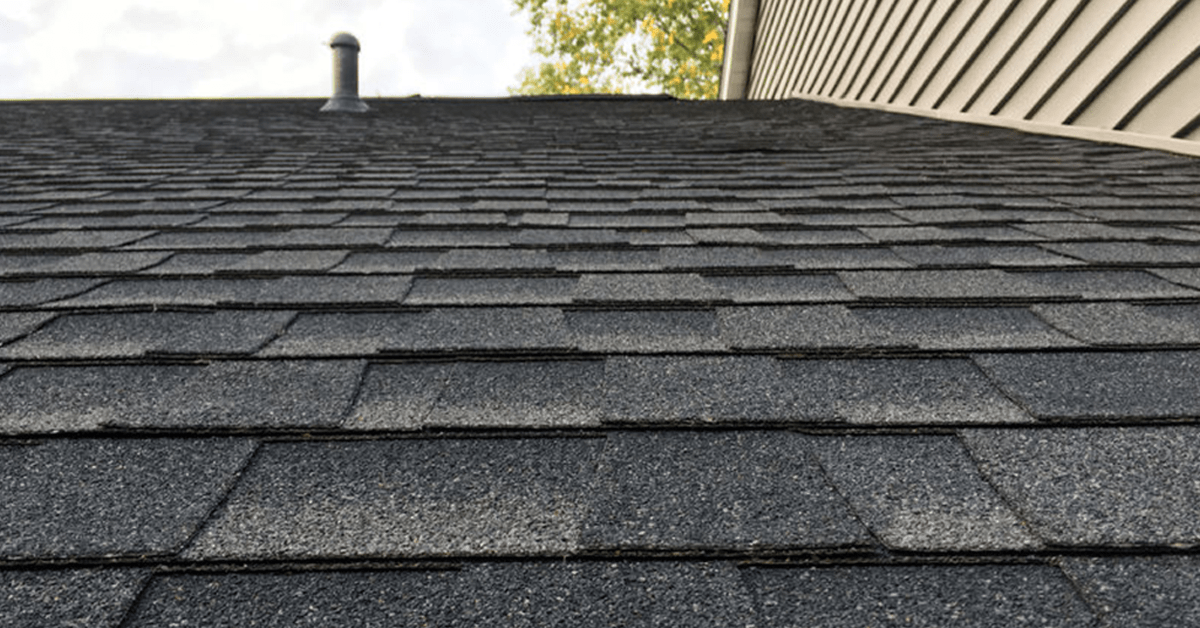How to Extend the Life of Your Roof
Replacing a roof is one of the most expensive maintenance tasks homeowners face. While asphalt shingles are often marketed to last between 20 and 40 years (depending on the brand), most warranties only cover 15 to 25 years—and can be voided if certain installation or maintenance conditions aren’t met.
Don’t Count on Insurance to Cover Roof Damage
The good news is, there are several proactive steps you can take to maximize the lifespan of your roof. Below, we outline the key ways to do just that.
Schedule Regular Roof Inspections
Life gets busy, and it’s easy to overlook potential roof problems. But inspecting your roof twice a year—once in the spring and again in the fall—can prevent minor issues from becoming costly repairs.
Shingle Check
Look for cracked, curled, or missing shingles. Also note any bald spots. A few damaged shingles may just need a quick fix, but widespread problems could point to inferior materials or improper installation.
Moss Growth
Shaded roof areas are particularly vulnerable to moss, which retains moisture and can lead to shingle damage. Moss should be removed carefully to prevent it from spreading.
Animal Damage
Check your roof and soffits for signs of animal activity. Raccoons, bats, and rodents can chew through shingles, wood sheathing, and soffit screens to nest in your attic.
Click here if you suspect wildlife in your attic>
Gutters & Downspouts
Make sure your gutters and downspouts are securely fastened, undamaged, and free of blockages. Overflowing gutters can damage both shingles and the underlying roof structure.
Don’t Ignore Your Attic
Your attic plays a critical role in your roof’s health and longevity. Poor attic ventilation can lead to premature roof aging or even serious structural problems.
What to Look for in Your Attic
Moisture
Moisture vapor from activities like cooking and showering rises and can condense on the roof sheathing. Left unchecked, it may cause wood rot, mold growth, and insulation damage.
Mold
Even if no visible moisture is present, any mildew smell or discoloration should raise a red flag. Mold can appear black, gray, green, or tan and thrives on dust, paper, fabric, or wood.
Learn more about attic mold here>
Why Attic Ventilation Matters
Attic ventilation is a low-cost but high-impact solution that can significantly extend your roof’s life. It also helps prevent related problems like:
-
Moisture buildup
-
Mold
-
Ice dams
-
Insulation damage
-
Wood rot
-
Excessive summer heat
Ventilation in Winter
Good ventilation helps eliminate moisture vapor and keeps your roof cooler—minimizing the risk of damaging ice dams.
Learn more about ice dams here>
Ventilation in Summer
In hot months, ventilation prevents heat buildup in the attic, which can skyrocket cooling bills and prematurely age your shingles.
The Role of Intake and Exhaust Vents
Proper ventilation requires both intake and exhaust vents.
Click here to learn more about attic and roof ventilation>
Most asphalt shingle warranties are voided if the following guidelines aren’t met:
-
1 square foot of Net Free Vent Area (NFVA) per 150 sq. ft. of attic floor area, or
-
1 square foot of NFVA per 300 sq. ft. if a vapor barrier is installed.
IRC Guidelines:
Ventilation may be reduced to the 1:300 ratio if 50–80% of the vents are in the upper attic (or cathedral ceiling) and the rest at the eaves, with at least 3 feet of vertical separation.
Watch for Blocked Intake Vents
Many homes suffer from poor or blocked intake ventilation. Common issues include:
Deliberately Blocked Vents
Some homeowners mistakenly block vents with insulation or wood to “warm up” the attic. This disrupts airflow and should be corrected.
False Soffit Vents
In older homes with aluminum or vinyl soffits, perforated vent panels are often installed over solid wood with no actual vent hole behind them.
To verify, remove the panel—if there’s no opening in the wood, you have a false vent. These can usually be modified to function properly.
Insulation Blocking Vents
Insulation professionals install baffles to prevent this, but it’s a common issue when DIY or when rushed installs are done without concern for proper ventilation.
Exhaust Vents: A Key Component in Roof Longevity
Intake vents draw air into the attic, but that air must exit through exhaust vents placed higher on the roof. The right number of exhaust vents depends on your attic size.
Attic Fans
An attic fan can greatly enhance airflow by actively drawing out hot, moist air, keeping your attic dry and cool.
The Bottom Line: Ventilation Protects Your Roof Investment
While poor installation, inferior materials, or environmental damage can cause roof failure, poor attic ventilation is one of the leading causes of premature roof replacement. The silver lining? Ventilation upgrades are far more affordable than installing a new roof.
Free Attic Inspection
We offer free attic inspections, including a full ventilation assessment. At The Attic Experts, we specialize in attic insulation and ventilation services for homeowners in Chicago and all surrounding suburbs.
📞 Call us today at 630.941.3800

